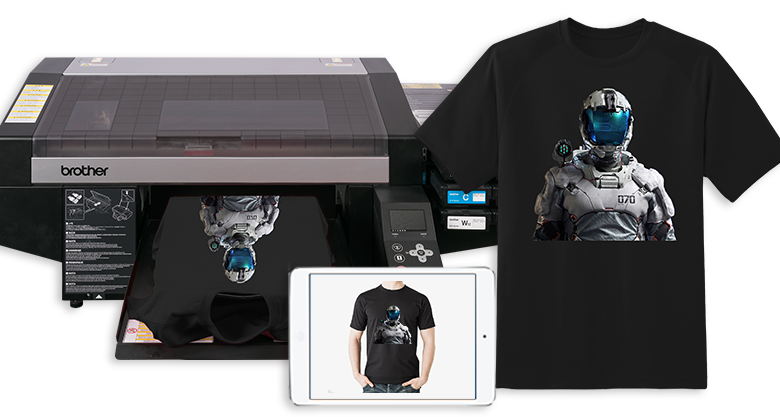Direct-To-Garment Printing – Printing Services

DTG printing is the process of spraying ink onto clothing, and then waiting for it soaking in. Direct printing services can be high-quality and provide you with the highest quality work.
How does Direct-to-Garment printing work?
Direct-to-garment printing uses ink that is applied directly to a garment. The ink then soaks in. This is similar to printing on paper, and allows you create custom designs for different garments.
DTG printing is easy to use and allows for one-off orders. DTG printing is made easier by online stores that have been connected to DTG printers.
Once a customer places an order, a notification will be sent out to your printer supplier. The printer will print, pack and ship the order to the customer using the company branding. If bulk orders are required, the customer can still place them. Many print companies offer bulk discounts. For more information about DTG printing, click here
What design assets are possible when you print DTG?
DTG printers offer a wide range of color options. When printing photorealistic images or designs, colors are not an issue. If a business uses a variety colors, it must be flexible in its design.
Transparency is the most important thing to avoid when it comes to DTG. Transparency is the most important thing to avoid when transferring garments. It is better to use solid colors or fake transparency using halftoneing. The DTG printer will then spread ink over the fabric, creating gaps in the fabric.
You can also use any color or pattern you want. Because they can be used with DTG printers’ colors, sRGB profiles are the best way to create graphic designs.
What are direct-to-garment printing’s benefits for my business?
Direct-to-garment printing offers a simple solution for print-on demand products. DTG printers don’t require minimum orders for DTG products so there is no need to worry about stock.
DTG printing completes the design in just one step. DTG prints are also quick to set up and start. With the help of the printer provider, you can complete your order in a matter of days.
This model is ideal for those with limited budgets who want to expand their market reach. If the product doesn’t sell, you can either replace it or discontinue the sale without worrying about stock.
Direct-to-garment printing has its merits, but there are also some drawbacks.
This is not an economical option for bulk orders.
It is slower than other printing methods.
Only cotton garments are allowed
White is the only clothing that can be worn.
Before you decide to use DTG printing, it is important to weigh the benefits and drawbacks.
What are the environmental impacts of DTG?
DTG is more sustainable than screen printing. DTG is more cost-effective than screen printing and also avoids waste and overproduction. This business model is revolutionary in the fashion industry, as 92 million tonnes of textiles are thrown away each year.
DTG allows you to print garments only when the customer asks. Many DTG printers are made with low carbon footprints. These printers produce virtually no wastewater and require less energy to run.
Direct-to-garment printing
DTG is a printing method that involves spraying ink onto clothing, and then waiting for it soak in.
Directly Printing on Garments: What is It?
Direct-to-garment printing is done by spraying ink onto the garment and then waiting for it to absorb. You can apply custom designs to different garments, just as you would with printing on paper.
DTG printing is very easy to use and you can create a unique item with minimal setup. The process is made even easier if your online store is linked to a DTG printer.
Once a customer places an order, a notification will be sent out to your printer supplier. The printer is responsible for printing, packing, and shipping the order to the customer with your company branding. You can still place bulk orders if a customer requests them. Many print companies offer bulk discounts.
What design assets are possible when you print DTG?
DTG printers offer a wide range of color options. Printing photorealistic images or designs is possible without any color restrictions. Flexibility is required for businesses that employ many colors in their designs.
DTG must be free from transparency. Garments that are less than 100 percent opaque will not transfer well. Fake transparency can be made with halftone or solid colors. DTG printers will attempt to print the missing colors by spreading ink. This will create gaps in the fabric.
You can also customize the color and pattern. You should use PRUF direct-to-garment printing Jacksonville FL when designing graphics.

